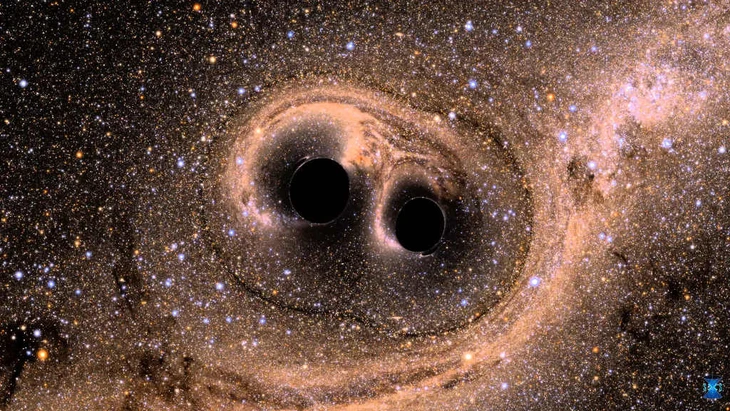
Illustration of two black holes merging - Photo: SXS
Although the mass of this black hole cannot be compared with supermassive black holes, which can be tens of thousands to billions of times the mass of the Sun and are located at the centers of galaxies, "this is a quite unusual and interesting merger," Canadian astronomers said.
Previously, on November 23, 2023, waves from a giant merger of two black holes impacted Earth and were collected by the LIGO-Virgo-KAGRA collaboration (a group that specializes in detecting such mergers through gravitational waves). These black holes are very large, with masses 100 and 140 times that of the Sun.
Most mergers of this type detected so far using gravitational waves have been between 10 and 40 times the mass of the Sun, but this one is really special because the black hole is so massive, said Sophie Bini, a postdoctoral fellow at Caltech and a member of the team.
The team that first detected gravitational waves 10 years ago has detected more than 300 events since then. But this is the biggest one yet, many times bigger.
Another interesting discovery from this merger – called GW231123 – is that the pair of black holes appear to be spinning extremely fast.
Charlie Hoy at the University of Portsmouth said the rapidly spinning black holes were close to the limits allowed by Albert Einstein's general theory of relativity. That made it difficult to model and interpret the signal. This is a great case study to advance humanity's theoretical tools.
There are supermassive black holes, which can be tens of thousands to billions of times the mass of the Sun, and which lie at the center of galaxies. For example, the Milky Way has a central black hole, called Sagittarius A*, or Sgr A*, which has a mass about 4 million times that of the Sun.
There are also stellar-mass black holes, which can range from a few times the mass of the Sun to tens or, some say, hundreds of times the mass of the Sun. They form when a massive star runs out of fuel and explodes spectacularly, an event known as a supernova.
But there are also black holes that lie somewhere in between, called intermediate black holes. Finding these intermediate black holes has proven difficult for astronomers. This new merger falls within what astronomers call the “mass gap” between stellar-mass black holes and supermassive black holes.
May help explore the connection between humans and the universe
It is not clear why these two black holes are so much more massive than astronomers have previously discovered. One theory is that each black hole in the pair is the result of two black holes merging. But that is not the only theory.
According to researchers, this discovery could open a new direction for cosmologists. The merger is estimated to have occurred anywhere from 2 to 13 billion light years away from Earth. The discovery plays an important role in helping astronomers explore the connection between humans and the universe.
Source: https://tuoitre.vn/phat-hien-vu-sap-nhap-bat-thuong-cua-2-ho-den-20250717130118207.htm


![[Photo] Hanoi morning of October 1: Prolonged flooding, people wade to work](https://vphoto.vietnam.vn/thumb/1200x675/vietnam/resource/IMAGE/2025/10/1/189be28938e3493fa26b2938efa2059e)





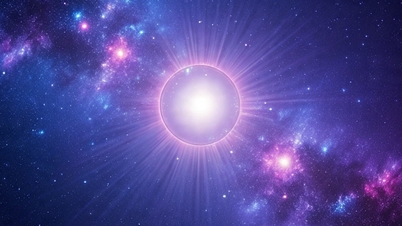

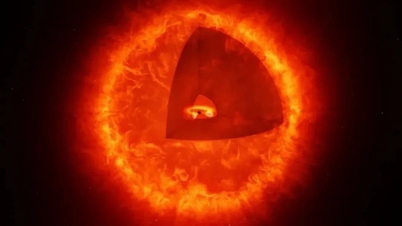

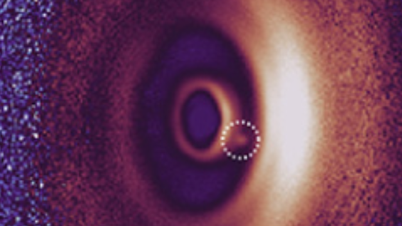







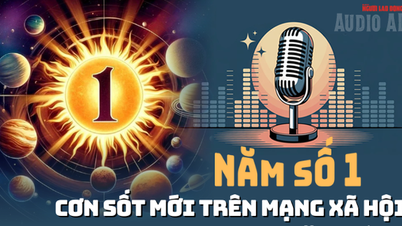














![[Photo] Panorama of the cable-stayed bridge, the final bottleneck of the Ben Luc-Long Thanh expressway](https://vphoto.vietnam.vn/thumb/1200x675/vietnam/resource/IMAGE/2025/9/30/391fdf21025541d6b2f092e49a17243f)

































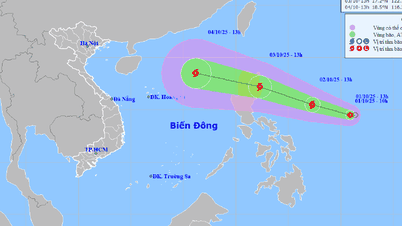























Comment (0)